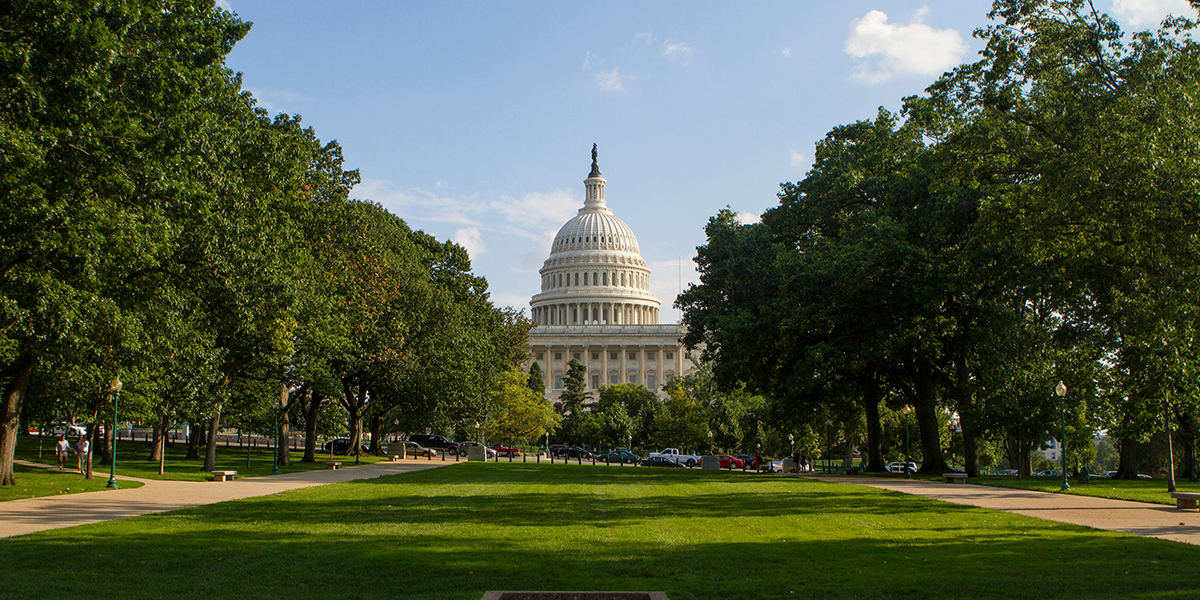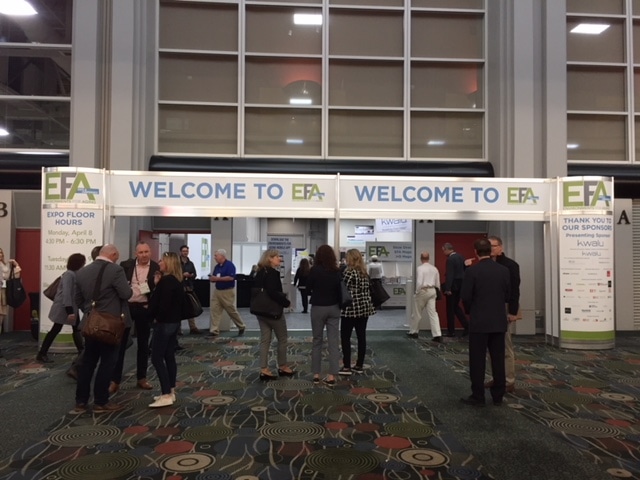

Blog
Many of these senior living communities are popping up both in suburbia and active urban centers in response to the current trend in senior housing preferences.


Last month, I had the opportunity to attend the Environments for Aging conference in Salt Lake City. Hundreds of professionals involved in the complex world of senior living gathered to learn from each other and to explore products and services that are designed for the senior population. It was not surprising to see the level of interest in the event; according to the US Census Bureau, 20 percent of the current US population will be 65 or older by 2029. The Baby Boomer generation, which accounts for the majority of that 20 percent, is moving into their 70s and are beginning to consider how and where they want to age. Some Boomers prefer to remain in their current homes in the communities that they helped build. Others want to move into smaller homes or prefer to transition to senior living communities. Many of these senior living communities are popping up both in suburbia and active urban centers in response to the current trend in senior housing preferences.
There are many senior housing typologies: among the most common are independent living, assisted living, and dementia care. Each type of living arrangement has specific needs that must be addressed from a design perspective.

Based upon the informational sessions held at the EFA Conference, it is clear that there is a wealth of scientific research and experience-based knowledge informing designers, building managers, and developers on how best to serve the aging population. Lighting design, accessibility, color and material selection, indoor environmental air quality, sustainability, and universal design all play a significant role in where and how senior housing is developed. There is also an increased awareness of the benefits of living in places that encourage socialization among seniors, and where wellness plays an important role. Most seniors want to remain physically and intellectually active and it is becoming far more common for them to look for housing options that will promote a safe and healthy lifestyle. As a result, we are seeing designers seek to expand beyond traditional senior housing facilities to provide the desired range of choice that can support the needs of an active, aging population.

Here at Steven Winter Associates, we have extensive experience working on senior housing projects, primarily providing services related to accessibility and sustainability. Our experience in these areas, along with universal design, LEED (new construction, interiors and neighborhood development), WELL, and Passive House allows us to have a well-rounded knowledge that can help improve the built environment for seniors. Because of this knowledge, it was interesting to connect with the many professionals gathered to share their findings, challenges, and experiences at the conference. The interest in creating places where seniors can thrive is clear, as is the fact that regardless of age, health condition, or disability, there is a genuine interest in providing seniors the opportunity to enjoy a fulfilling life.
Contributor: Samuel Tellechea, Accessibility Consultant
Peter Stratton